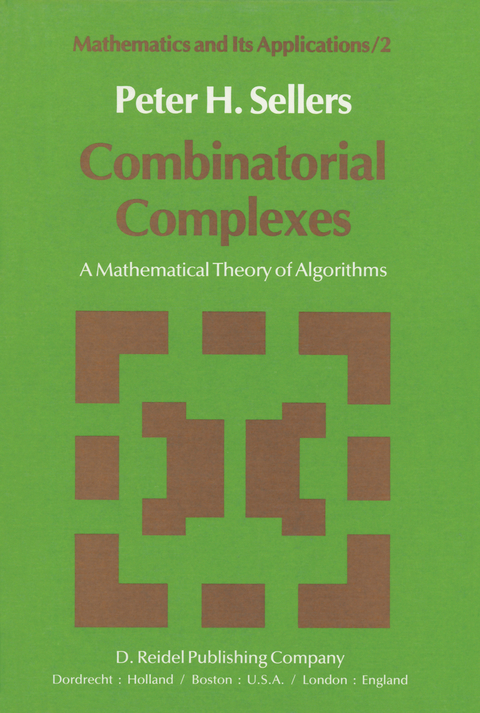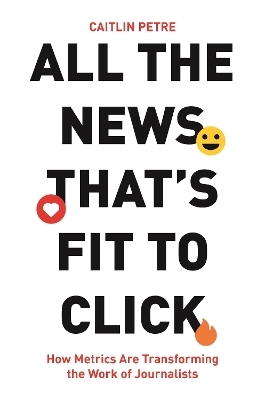
Combinatorial Complexes
Springer (Verlag)
978-94-009-9465-2 (ISBN)
It isn't that they can't see the Approach your problems from the right end and begin with the solution. It is that they can't see answers. Then, one day, perhaps the problem. you will find the final question. 'The Hermit Clad in Crane Feathers' G. K. Chesterton, The scandal of in R. Van Gulik's The Chinese Maze Father Brown "The point of a Murders. pin" Growing specialization and diversification have brought a host of monographs and textbooks on increasingly specialized topics. However, the 'tree' of knowledge of mathematics and related fields does not grow only by putting forth new branches. It also happens, quite often in fact, that branches which were thought to be com pletely disparate are suddenly seen to be related. Further, the kind and level of sophistication of mathematics applied in various sciences has changed drastically in recent years: measure theory is used (non-trivially) in regional and theoretical economics; algebraic geometry interacts with physics; the Minkowsky lemma, coding theory and the structure of water meet one another in packing and covering theory; quantum fields, crys tal defects and mathematical programming profit from homotopy theory; Lie algebras are relevant to filtering; and prediction and electrical engineering can use Stein spaces.
0. Introduction.- 0.1. Finding Algorithms.- 0.2. Programs Represent Algorithms.- 0.3. Programming Languages.- 0.4. List-making Algorithms.- 0.5. The Theory in a Nutshell.- I. Programming.- I.1. To Make a List.- I.2. Elementary Programming Languages.- I.3. To Specify a Program Inductively.- I.4. Graphical Programming Languages.- I.5. Chain Complexes.- I.6. Programming Complexes.- I.7. Complexes which are Not Free.- I.8. Language Isomorphisms.- I.9. To Find an Algorithm.- II. Monomials.- II.1. The Language.- II.2. The Interpretation ?.- II.3. The Interpretation ?.- II.4. The Interpretation ?.- II.5. Language Isomorphisms.- II.6. A Program for Monomials.- II.7. Sample Programs.- III. Factorizations.- III.1. The Language.- III.2. The Interpretation ?.- III.3. The Interpretation ?.- III.4. The Interpretation ?.- III.5. Language Isomorphisms.- III.6. A Program for Factorizations.- III.7. Sample Programs.- IV. Transpositions.- IV.1. The Language.- IV.2. The Interpretation ?.- IV.3. The Interpretation ?.- IV.4. The Interpretation ?.- IV.5. Language Isomorphisms.- IV.6. A Program for Sequences.- IV.7. Sample Programs.- V. Bracketings.- V.1. The Language.- V.2. The Interpretation ?.- V.3. The Interpretation ?.- V.4. The Interpretation ?.- V.5. Language Isomorphisms.- V.6. A Program for Bracketings.- V.7. Sample Programs.- VI. Clustering.- VI.1.The Language.- VI.2. The Interpretation ?.- VI.3. The Interpretation ?.- VI.4. The Interpretation ?.- VI.5. Language Isomorphisms.- VI.6. A Program of Clusterings.- VI.7. Sample Program.- Appendix. Flowcharts.- Flowchart 1. Elementary Languages.- Flowchart 2. Languages in General.- References.
| Reihe/Serie | Mathematics and Its Applications ; 2 | Mathematics and Its Applications ; 2 |
|---|---|
| Zusatzinfo | XVI, 184 p. |
| Verlagsort | Dordrecht |
| Sprache | englisch |
| Maße | 155 x 235 mm |
| Themenwelt | Sachbuch/Ratgeber ► Natur / Technik ► Garten |
| Informatik ► Theorie / Studium ► Algorithmen | |
| Mathematik / Informatik ► Mathematik ► Analysis | |
| Mathematik / Informatik ► Mathematik ► Wahrscheinlichkeit / Kombinatorik | |
| ISBN-10 | 94-009-9465-6 / 9400994656 |
| ISBN-13 | 978-94-009-9465-2 / 9789400994652 |
| Zustand | Neuware |
| Informationen gemäß Produktsicherheitsverordnung (GPSR) | |
| Haben Sie eine Frage zum Produkt? |
aus dem Bereich


